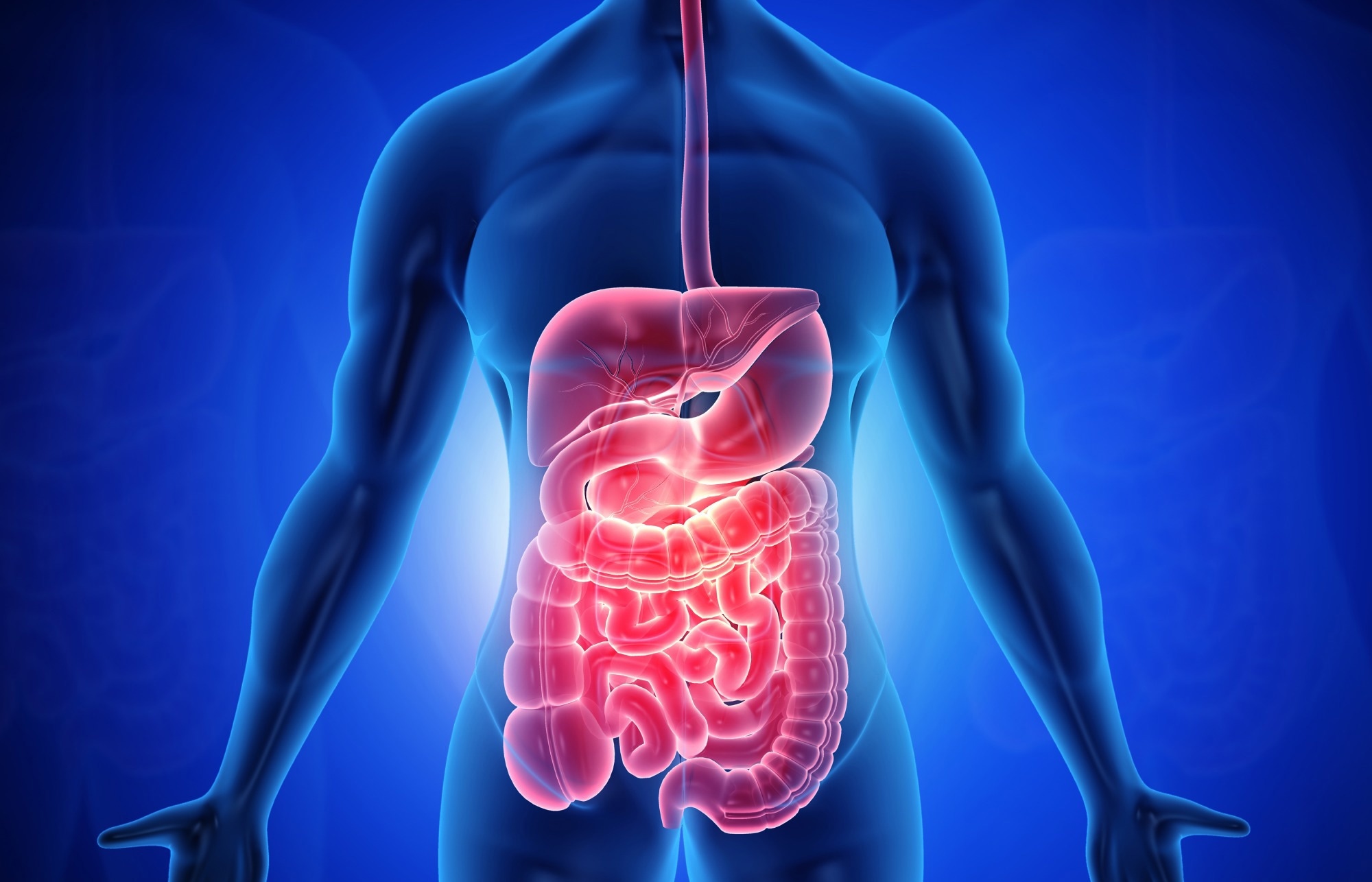According to a recent study published in Cell Reports, substance P produced by the nociceptors in the gut lining confers protection against inflammation and tissue damage by increasing the number of beneficial microbes.
 Study: Gut-innervating nociceptors regulate the intestinal microbiota to promote tissue protection. Image Credit: Explode/Shutterstock
Study: Gut-innervating nociceptors regulate the intestinal microbiota to promote tissue protection. Image Credit: Explode/Shutterstock
The findings also highlighted the presence of reduced numbers of nociceptors in inflammatory bowel disease (IBD) patients, along with significant disruptions in the pain-signaling gene expression profile.
Background
The immune system evolved alongside large microbial communities dwelling on barrier sites, known collectively as the microbiota. It is becoming evident that microbial antigens and metabolites constantly interact with the immune system, resulting in microbiota-specific immune responses without inflammation. However, if the microbial population is disturbed, it causes distress and inflammatory disorders.
Several inflammatory disorders, including inflammatory bowel diseases (IBDs), rheumatoid arthritis, and multiple sclerosis, cause distress, impair quality of life, and precipitate chronic pain. Pain sensation is triggered to warn against tissue damage or injury.
In the peripheral tissues, such as the gastrointestinal tract, lungs, and skin, pain-sensing neurons transmit environmental signals to the central nervous system.
A nociceptor is a sensory neuron expressing the transient receptor vanilloid 1 (TRPV1) – a non-selective cation channel activated by various stimuli, including capsaicin, heat, and inflammatory mediators. When nociceptors are activated, they release neuropeptides that either increase or inhibit the downstream inflammatory cascade. Nevertheless, there remains considerable uncertainty regarding the role of pain-sensing neurons in inflammatory conditions of the intestine.
The present study investigated the innervation of TRPV1+ nociceptor cells in the intestines of mice and their functioning during homeostasis and inflammation. This study evaluated the vulnerability of TRPV1+ nociceptors in mice injured and inflamed in the intestine by utilizing targeted chemogenetic silencing, adenoviral-mediated colon-specific silencing, or pharmacological ablation.
The Study
The researchers crossed Trpv1-Cre mice with tdTomatofl/stop/fl cell lineage reporter mice – to analyze the location of TRPV1+ nociceptors in naive and inflamed mouse colons.
TRPV1-tdTomato, in conjunction with the pan-neuronal marker βIII-tubulin, was used to identify TRPV1+ nociceptor innervation in the inner lining of the colon at steady state and post dextran sodium sulfate (DSS) exposure, in mice with intestinal injury and inflammation.
A chemogenetic strategy to acutely silence TRPV1‑ nociceptors in vivo by producing TRPV1hM4Di mice in which TRPV1+ nociceptors express the inhibitory designer receptors were exclusively activated.
Dorsal root ganglia (DRG) nociceptor marker gene expression was evaluated in steady-state DRGs obtained from B6 mice treated with DMSO or RTX. Mice treated with DMSO or RTX had their fecal microbial composition evaluated by 16S rRNA gene sequencing and main coordinates analysis.
Mice treated with DMSO or RTX and given a vehicle or a broad-spectrum antibiotic cocktail (ABX), vancomycin, or neomycin were exposed to DSS for five days while illness and recovery were observed daily.
The colon substance P and CGRP levels in mice treated with DSS, DMSO, or RTX. The clinical disease score, colon length, H&E staining, and daily weight loss of the distal colon were used to track the disease and recovery of DSS-treated DMSO- or RTX-treated Tac1/mice.
The findings
Researchers noted that TRPV1+ nociceptors contribute to tissue protection following DSS-induced intestinal inflammation and injury by controlling the microbiome composition. Vancomycin-sensitive Gram-positive bacterial population increases the susceptibility of mice to colitis in the absence of TRPV1+ nociceptors.
In a murine model of intestinal damage and inflammation, targeted chemogenetic silencing, adenoviral-mediated colon-specific silencing, or pharmacological ablation of TRPV1+ nociceptors resulted in a higher susceptibility, suggesting that the TRPV1+ nociceptors in the gut protect from tissue damage.
When TRPV1+ nociceptors are transiently silenced or permanently ablate, changes in the intestinal microbiota occur and transplantation of microbes from mice with dysregulated nociception worsens intestinal injury and inflammation. It has been shown that TRPV1+ nociceptor-mediated tissue-protective actions are associated with Gram+ bacterial modifications, and selective colonization of germ-free mice (GF) with Gram positive Clostridium species enhances tissue protection. Furthermore, chemogenetic silencing or pharmacological ablation of TRPV1+ nociceptors decreased levels of nociceptor-derived substance P, while therapeutic administration of substance P mitigated severe inflammation in animals with defective nociception.
When compared to healthy controls, intestinal biopsies of IBD patients showed dysregulated TRPV1+ nociceptor innervation and altered nociceptor-associated gene expression, suggesting that this dysregulation has likely developed from an evolutionary process due to sustained chronic intestinal inflammation.
Thus, the gut-innervating nociceptors play a significant role in modulating the microbiota composition to reduce intestinal inflammation and improve intestinal tissue health.
Limitations of the study
There are significant limitations to this research. Additional metabolomic and transcriptomic research is required to determine the mechanisms underlying the control of Clostridium spp. by TRPV1+ nociceptors. Further research is necessary to differentiate between the DRG and vagus nerve populations, despite the specificity of the chemogenetic modification to colon-innervating TRPV1+ nociceptors.
Further research using innovative gnotobiotic and chemogenetic mouse models is warranted to address the cross-talk between nociceptors and microbiota, following acute neuronal stimulation.